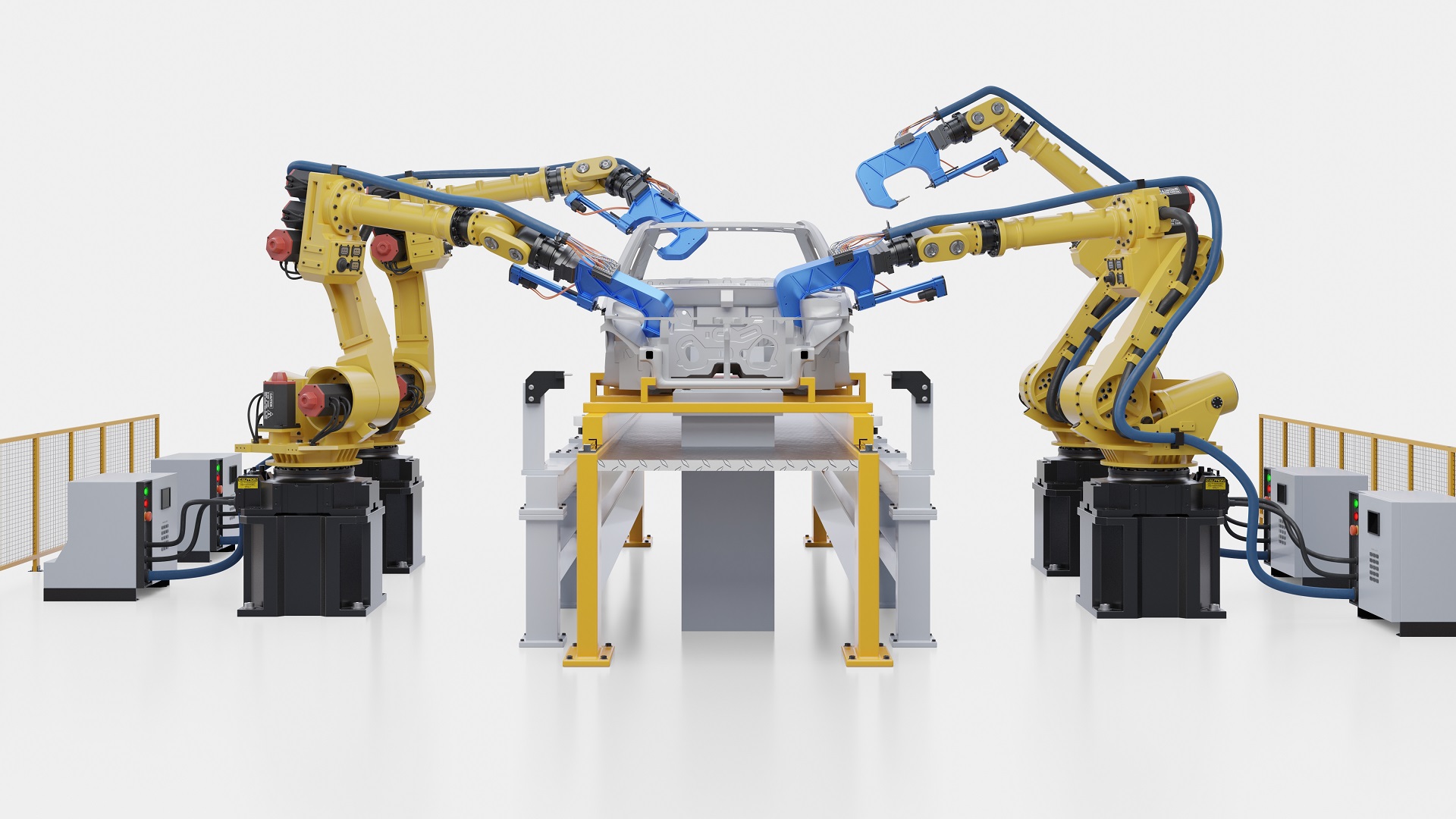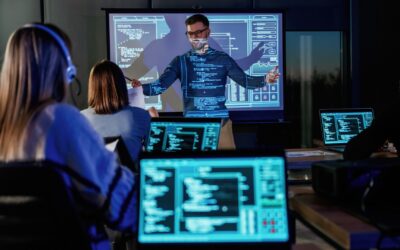Before we can explore the full functionality and benefits of digital twins, it is important to understand exactly what digital twins are and how they can be applied throughout the operational lifecycle. A digital twin is, as the name suggests, a virtual model of a physical object or system that can be used to simulate the behavior of that object or system to better understand how it works in real life.
At present, the most commonly used type of digital twin is a product digital twin. These twins allow product development teams to create a complete digital representation of an item, even before a physical version exists. Engineers can build digital twins to the mechanical, electrical, and software requirements of a product in development and simulate its performance under various conditions as the work to optimize design. Digital twins also allow engineering teams to improve, among other things, the reliability, manufacturability, testability, and safety of their products by “designing for x.”
Digital twins can also replicate shop floors and entire supply chains. Just as product digital twins represent the behavior of a specific item, these digital twins can simulate how complex systems operate. This gives stakeholders powerful insight into how effective these systems are and even helps companies redesign them to optimize their efficiency.
In addition, digital twins can mirror a company’s service process, giving them visibility into how equipment performs in the field and allowing them to predict service and maintenance needs.
Read more here.
Siemens is a technology company focused on industry, infrastructure, transport, and healthcare. From more resource-efficient factories, resilient supply chains, and smarter buildings and grids, to cleaner and more comfortable transportation as well as advanced healthcare, the company creates technology with purpose adding real value for customers. By combining the real and the digital worlds, Siemens empowers its customers to transform their industries and markets, helping them to transform the everyday for billions of people.




